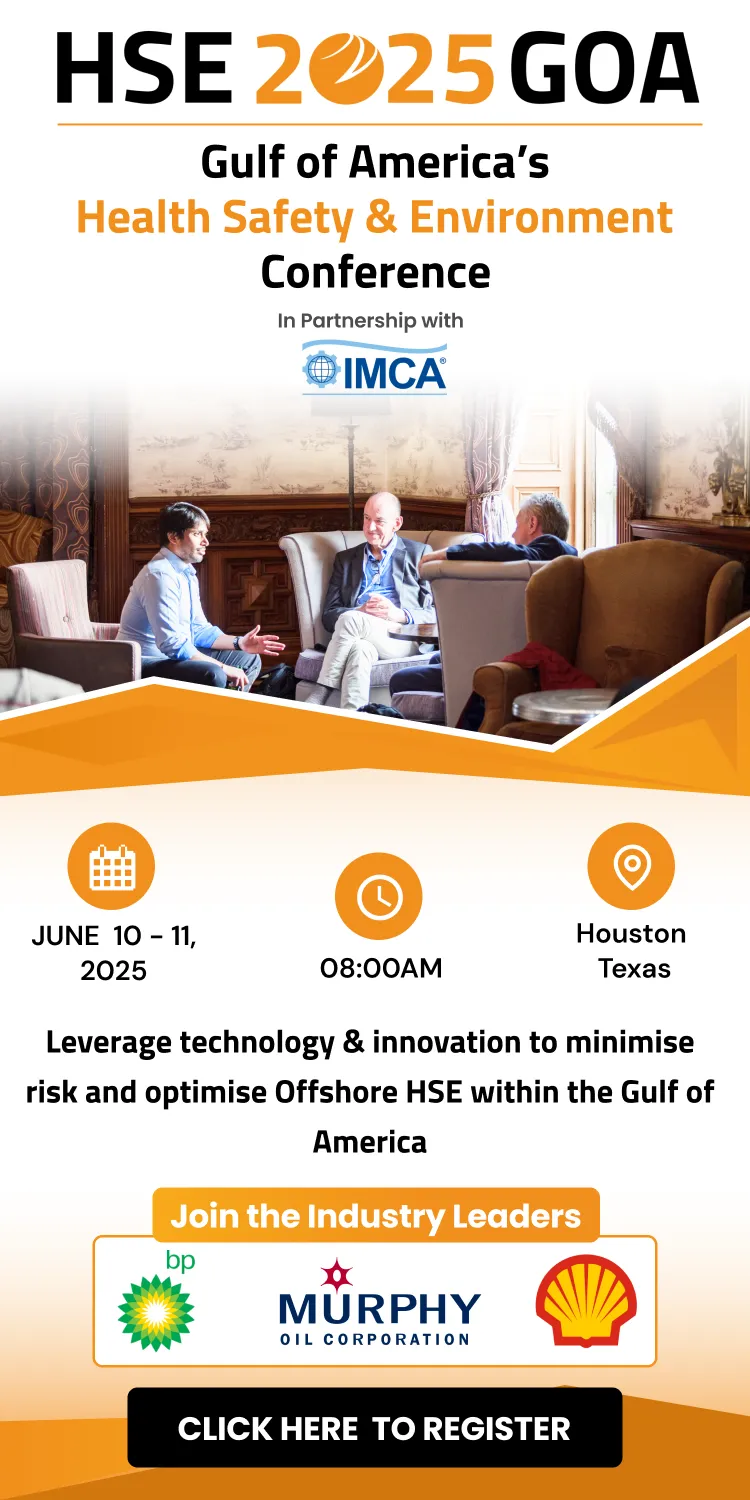
Companies are also reporting new risks associated with digitalisation
The 2024 European Survey of Enterprises on New and Emerging Risks (ESENER) provides fresh insights into workplace risks across Europe, with musculoskeletal disorders, psychosocial stress, and digitalisation emerging as key concerns.
The survey, conducted across all sectors, highlights persistent challenges, such as prolonged sitting and repetitive movements, while also revealing the increasing impact of modern work practices on occupational safety and health.
Musculoskeletal risks remain dominant, with 64% of workplaces citing prolonged sitting as the most common issue, followed closely by repetitive hand or arm movements, reported by 63%.
Additionally, 52% identified lifting or moving heavy loads as a significant risk. The growing prevalence of remote work—up from 13% in 2019 to 23% in 2024—has further contributed to concerns about ergonomic hazards and digital workplace risks.
Psychosocial risks have also become a major challenge, particularly in service industries. More than half of surveyed organisations (56%) identified dealing with difficult customers, patients, or pupils as a key issue.
However, 25% of organisations still fail to acknowledge psychosocial risks, a shortfall that underscores the need for targeted interventions.
Worrisome trends
Reflecting on the results, EU-OSHA executive director William Cockburn stated, “25% of organisations still fail to recognise the presence of psychosocial risks, highlighting a significant shortfall in addressing these important issues. This underlines the importance of our upcoming Healthy Workplaces Campaign, launching in 2026, which will focus on tackling the impact of psychosocial risks at work on workers’ mental health.”
Among workplaces that recognise psychosocial risk factors, 21% find them harder to manage than other occupational safety and health (OSH) risks. Perceptions vary by country, with Sweden (38%) and Denmark (37%) reporting the greatest challenges.
Employee participation in designing measures to mitigate psychosocial risks has declined slightly, dropping from 61% in 2019 to 55% in 2024.
Digitalisation is increasingly influencing workplace safety, with 43% of organisations incorporating digital technologies into their risk assessments, a rise from previous years. Spain and Slovenia lead the way, with over 60% of workplaces considering digital risks in their assessments.
Training on digital technology usage has also expanded, reaching 42% of workplaces overall and 75% in Malta.
Companies are also reporting new risks associated with digitalisation, including increased work intensity (34%), information overload (32%), and blurred boundaries between work and personal life (27%).
Encouragingly, consultation with employees on the impact of digitalisation has improved, with 35% of workplaces engaging workers on these issues—up from 24% in 2019.
These preliminary findings mark the beginning of a deeper analysis of ESENER 2024 data.
Additional reports will be published through 2026, offering further insights into the evolving landscape of workplace risks in Europe.










